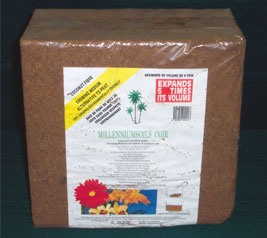ClairDipson72
New Member
- Joined
- Oct 24, 2015
- Messages
- 19
A lot of advice I got from the vet differs from the general opinions on this forum. So I want to make a thread of the conflicting information just to make sure I read your opinions correctly.
1. He says that coils had an issue around 2008-2009, but not anymore and there's no reason to worry.
2. A lot of you suggest a third light/lamp for heat at night. He says that torts need to experience regular days and nights, not be kept hot all the time. A lot of you say to give the torts temps of 80* at night. He says it would be natural to have it go down to 70 at night or whatever the house temperature is even if it's in the 60s.
3. For those that use a regular 100 watt light bulb for heating instead of a bulb labeled as "basking" how does that not risk blindness? It would be brighter than the 18W coiled bulb I have for UVB. The vet suggested that if there's any worry we can just "burn in" our lightbulbs by leaving them on in a house lamp for a few days before we use them.
4. Substrates... coco fibre is not sold in any hardware store or garden shop anywhere here. He also says that sand is the worst thing to use because most torts try to eat it. So why is sand recommended here as one of the best things to use? He has nothing against coco fibre, but says that it's for plants usually.
5. Are horizontal lights any different from the regular bulbs in clam lamps? I didn't ask him about this.
6. He suggests vet checkups at least every 1-2 years Some of you have never gone. Are the signs of a sick tort obvious? Are "checkups" unnecessary? It would cost $100 per visit.
7. All of this conflicting info has me stressed to the point of not sleeping. So HELP PLEASE.
1. He says that coils had an issue around 2008-2009, but not anymore and there's no reason to worry.
2. A lot of you suggest a third light/lamp for heat at night. He says that torts need to experience regular days and nights, not be kept hot all the time. A lot of you say to give the torts temps of 80* at night. He says it would be natural to have it go down to 70 at night or whatever the house temperature is even if it's in the 60s.
3. For those that use a regular 100 watt light bulb for heating instead of a bulb labeled as "basking" how does that not risk blindness? It would be brighter than the 18W coiled bulb I have for UVB. The vet suggested that if there's any worry we can just "burn in" our lightbulbs by leaving them on in a house lamp for a few days before we use them.
4. Substrates... coco fibre is not sold in any hardware store or garden shop anywhere here. He also says that sand is the worst thing to use because most torts try to eat it. So why is sand recommended here as one of the best things to use? He has nothing against coco fibre, but says that it's for plants usually.
5. Are horizontal lights any different from the regular bulbs in clam lamps? I didn't ask him about this.
6. He suggests vet checkups at least every 1-2 years Some of you have never gone. Are the signs of a sick tort obvious? Are "checkups" unnecessary? It would cost $100 per visit.
7. All of this conflicting info has me stressed to the point of not sleeping. So HELP PLEASE.


